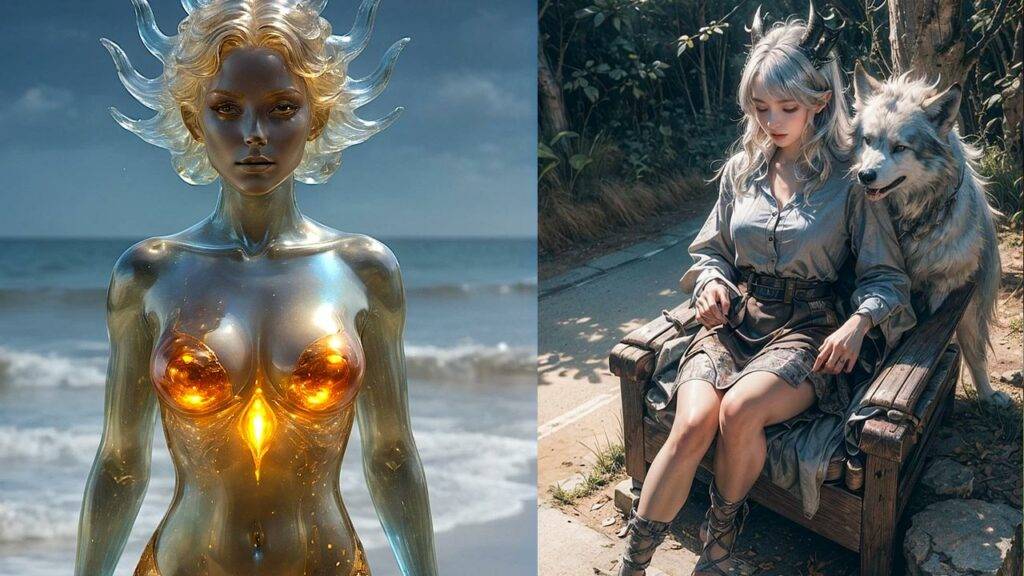Stable Diffusion Model LoRA: The stable Diffusion model has been a standout player. Its ability to produce stunning and diverse AI-generated art has captivated the imagination of digital artists and enthusiasts alike. Today, we delve into the revolutionary technique known as Low-Rank Adaptation (LoRA), exploring its significance and impact on the Stable Diffusion model.

Stable Diffusion Model LoRA
LoRA, short for Low-Rank Adaptation, emerges as a groundbreaking training technique for fine-tuning Stable Diffusion models. The method strikes a balance between file size and training power, providing a unique advantage in the realm of AI art generation.
LoRA modifies styles by applying small changes to the most crucial part of Stable Diffusion models—the cross-attention layers. These layers, depicted as the yellow components in the Stable Diffusion model architecture, represent the convergence point of the image and the prompt.
Stable Diffusion Prompts: LoRA vs. Alternatives: A Comparative Analysis
While existing training techniques like Dreambooth and textual inversion offer their own merits, LoRA stands out for its distinctive advantages.
Dreambooth is powerful but results in large model files (2-7 GBs),” Textual inversions are tiny (about 100 KBs), but you can’t do as much. This succinctly outlines the trade-offs presented by these techniques.
LoRA positions itself as the middle ground, offering a file size ranging from 2 to 200 MBs. This more manageable size addresses a common woe among Stable Diffusion users—the rapid consumption of local storage.
As users experiment with different models, the challenge of maintaining a diverse collection becomes pronounced. LoRA proves to be an excellent solution to this storage predicament.
The Storage Solution: LoRA in Action
“Because of the large size, It is hard to maintain a collection with a personal computer,” acknowledges the Stable Diffusion Art source. LoRA steps in as a practical remedy to this challenge, allowing users to customize AI art models without the burden of excessive file sizes.
It’s important to note that LoRA cannot operate in isolation. To leverage its power, users must combine it with a model checkpoint file. The synergy between LoRA and the model checkpoint file enables the customization of AI art models without compromising local storage.
Stable Diffusion AI Generator Reddit
The Stable Diffusion Reddit community provides a valuable glimpse into the user experience with LoRA. Users express their enthusiasm for the technique, highlighting its impact on the customization of Stable Diffusion models.
One user notes, “LoRA is a great way to customize AI art models without filling up your local storage.” This sentiment echoes the broader sentiment within the community, emphasizing the practicality and effectiveness of LoRA in addressing storage constraints.
Stable Diffusion Models
In the ever-evolving landscape of AI art generation, LoRA emerges as a game-changer, offering a pragmatic solution to the storage challenges faced by Stable Diffusion users. Its ability to fine-tune models without imposing excessive file sizes positions LoRA as a valuable addition to the toolkit of digital artists and AI enthusiasts.
As we navigate the intricate world of AI art generation, the role of techniques like LoRA becomes increasingly pivotal. It not only enhances the user experience but also opens new avenues for creativity and exploration in the realm of Stable Diffusion models. The fusion of technology and art takes a leap forward with LoRA, marking a significant chapter in the evolution of AI-generated content.



